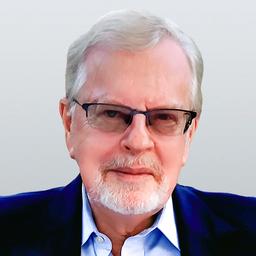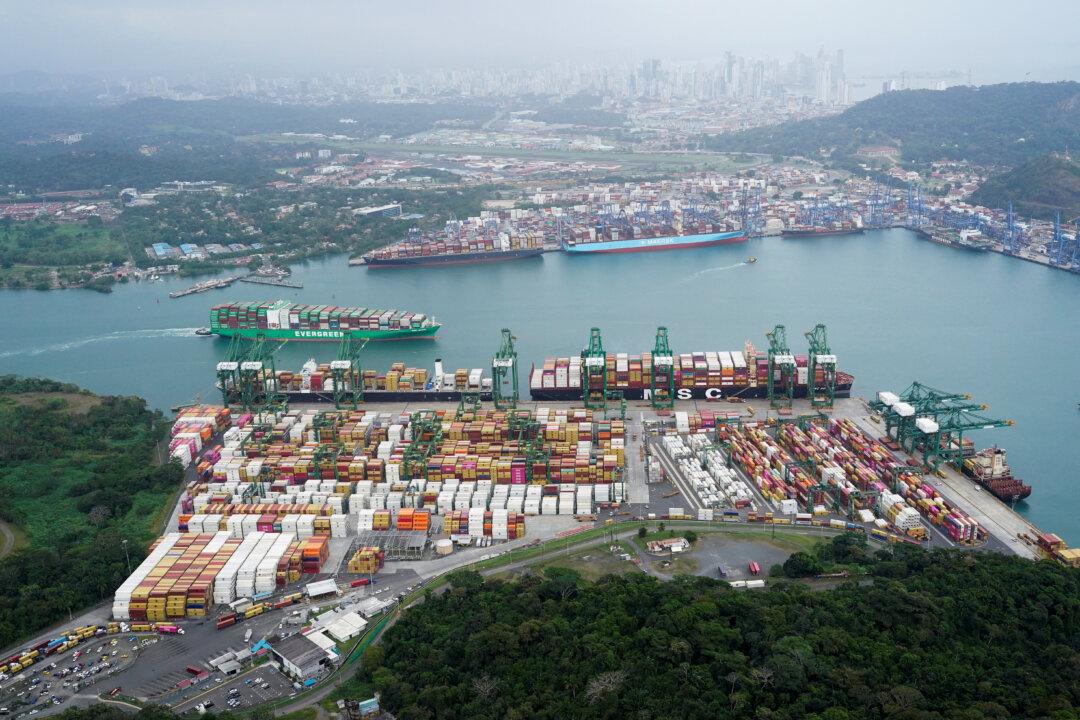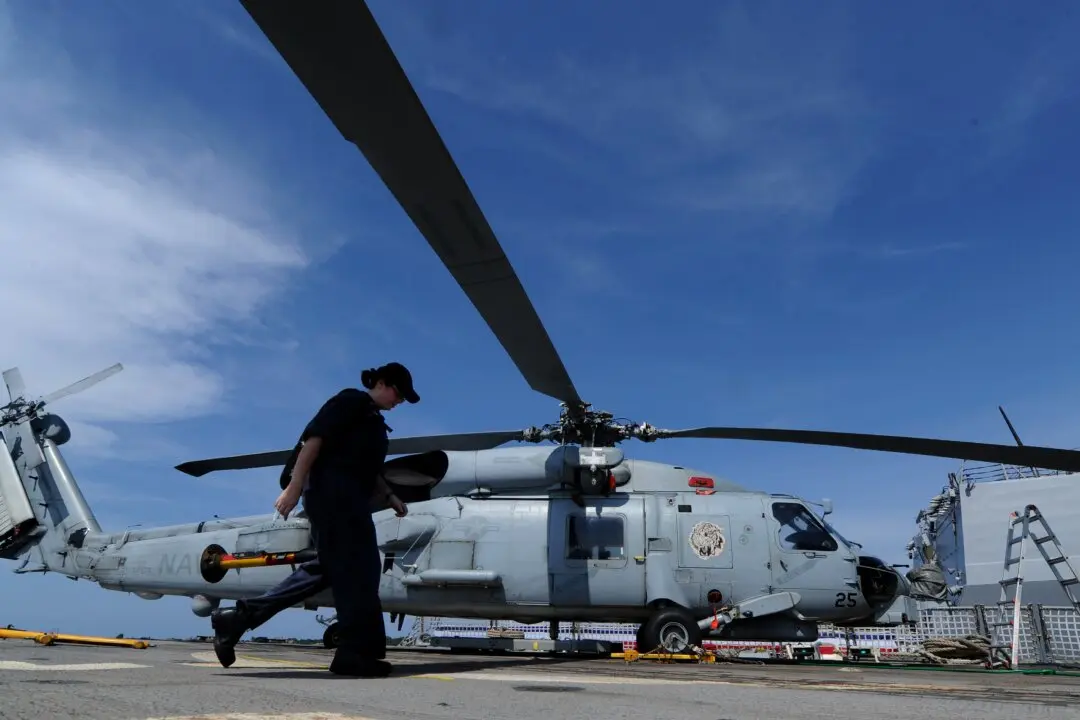The Chinese Communist Party (CCP) officials on Dec. 27 placed the city of Xi'an under tight lockdown restrictions to suppress a new wave of COVID-19 outbreak in Shaanxi Province.
Or did they?
The CCP has been escalating lockdowns of its citizens throughout the People’s Republic of China (PRC) over the past year, imposing punitive levels of testing and constraint of movement of people, citing nominal infection rates among the citizens. But there is no scrutiny or plausibility of any CCP statistics of infections, hospitalization, or deaths, just as there is no capability to verify any statistics issued by the Chinese regime.
By the end of 2021, an exhausted mainland Chinese populace no longer even bothered to question, even if it had the avenues to do so, the CCP’s insistence that it was attempting to protect the public health.
In reality, the increasingly tight constraint on human movement and the narrowing of commercial activity within mainland China, “due to the COVID-19 crisis,” merely serves the CCP’s program, underway for more than a year, to bring society back firmly under the Party’s control. To do so, Chinese leader Xi Jinping needed to halt the flight of capital from China, and end the power of private sector cash to create independence from the Party’s control.
Xi has seen the effectiveness in the United States, the United Kingdom, Canada, Australia, and New Zealand by which “rule by decree” has brought about social obedience when coupled with the ruling powers’ insistence that the curtailment of basic rights was being undertaken “to protect society.”
Why, then, would it not work on the Chinese mainland? There, the CCP has an urgent need to remodel the PRC economy back to a Maoist framework in which the private sector—unleashed after Mao Zedong’s death by then-CCP leader Deng Xiaoping—would again be suppressed in favor of total state control.
Xi needs to manage and explain the decline in the PRC economy since he took office in 2012 in a way that does not reflect blame on him or the Party. He must do it in a way that does not lead to challenges to his bid for reelection to an unprecedented third term as General Secretary of the Party at its October 2022 Congress.

In all this, his goal is to keep the bubble of earlier economic boasts credible: that the PRC economy was growing; that its rise to world leadership was “inevitable”; and so on, when major indicators demonstrate the reverse. China cannot feed itself; it has massive water shortages and health problems; it has run low on foreign exchange reserves; its domestic marketplace is in deep recession with massive and growing unemployment; and its foreign markets are declining.
Even more urgently, to keep credibility alive until the coming Party Congress, Xi needs to present the forthcoming Beijing Winter Olympics (Feb. 4-20, 2022) as a prestige event, albeit knowing that it must be an economic and structural failure that can be blamed on COVID-19. It must be, for the sake of Xi’s political survival, a further event to show that the world was paying tribute to Beijing and, by default, the CCP.
It has become clear that COVID-19—which proved to be the perfect tool after it was weaponized by the CCP in 2020 to paralyze and polarize the United States electorate to stymie what would otherwise have probably reelected Donald Trump, the CCP’s arch-enemy—could equally well be weaponized to suppress opposition to Xi’s retransformation of the PRC.
And this has indeed become the major focus and weapon of the CCP at home.
What has evolved has been a two-pronged CCP COVID-19 strategy: one for the domestic audience; the other for foreign audiences. They are equally important to Xi, but must be handled with different approaches. It is of paramount importance to the CCP that both audiences must never see the virus as the deliberate product of CCP-controlled laboratories. Any hint of that could bring about a backlash—riots in the streets and possible mutiny within the People’s Liberation Army—among the Chinese population against the Party.
And any hint of such accusations in the international community, implying the complicity of Beijing in creating the CCP virus as a weapon–such as the demands for an independent investigation made by the Australian government—would be equally damaging to China’s global standing and could filter back to the mainland Chinese audience.
Thus, much of China’s slide into economic decline and reinforced totalitarianism can be safely blamed by the Party on the virus. The ability of the United States and its allies to push back against the PRC is minimized because many societies around the world are undergoing their own preoccupation with the overthrow of democracy in the name of public health.
The “global mass psychosis” of fear created by the CCP virus has certainly leveled the global strategic playing field to an extent unseen for decades, if ever. And maintaining constant surges of fear disguises a changing environment. When we awaken, the Chinese people will have lost their hope of freedom and prosperity.





